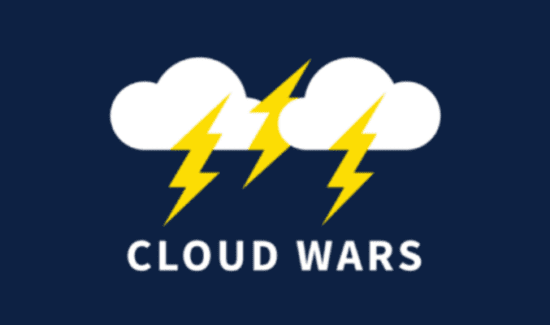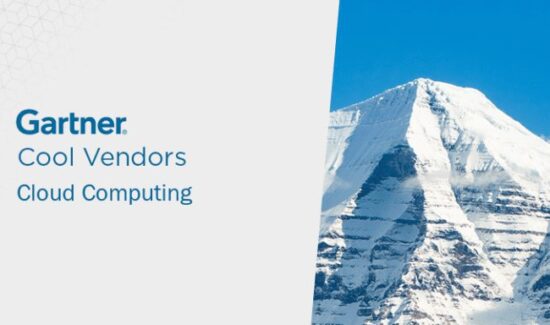Multicloud Performance Is Inconsistent Among Public Cloud Providers


According to network intelligence solutions provider ThousandEyes, multicloud performance is inconsistent among public cloud providers. This information comes from the 2019 – 2020 edition of their Cloud Performance Benchmark Report, which ThousandEyes recently released. The report contains the results of a four-week period where ThousandEyes collected performance data at multiple global regions from the top five public cloud providers — Alibaba Cloud, Amazon Web Services (AWS), Google Cloud Platform (GCP), IBM Cloud, and Microsoft Azure.
The performance data that ThousandEyes gathered indicates that multicloud performance is inconsistent across public cloud providers and geographic locations. A major factor for multicloud connectivity is how well public cloud providers can coordinate their networks and resources with each other. ThousandEyes revealed that based on the connections they tested, AWS, Azure, and Google Cloud multicloud connections perform well because the three can directly peer with each other. However, public cloud providers who don’t directly peer with each other rely on a user’s ISP to make a connection between two cloud environments, which could affect performance.
Other cloud performance insights revealed in ThousandEyes’ Cloud Performance Benchmark Report include China’s Great Firewall negatively affecting cloud performance no matter the public cloud provider. Also, while all five public cloud providers surveyed generally performed well in North America and Europe, there were significant performance exceptions in Asia and Latin America across the board.
“When businesses need to decide which cloud provider best meets their needs, one metric that’s notably missing from their assessments has been performance data, mainly because it’s never been available or has, at best, been myopic,” said Archana Kesavan, ThousandEyes’ research author and director of product marketing. “The second annual Cloud Performance Benchmark gives businesses that comparative data. Understanding cloud performance is essential for planning and for ongoing measurement so you can be assured that you’re providing customers and employees with the best possible performance.”
Looking for more info on managed service providers for your cloud solutions? Our MSP Buyer’s Guide contains profiles on the top cloud managed service providers for AWS, Azure, and Google Cloud, as well as questions you should ask vendors and yourself before buying. We also offer an MSP Vendor Map that outlines those vendors in a Venn diagram to make it easy for you to select potential providers.
Check us out on Twitter for the latest in Enterprise Cloud news and developments!






















